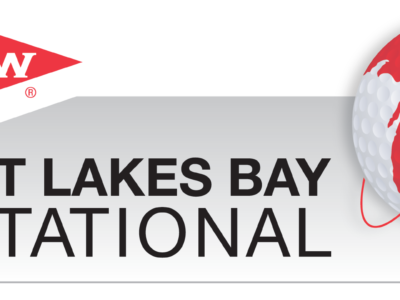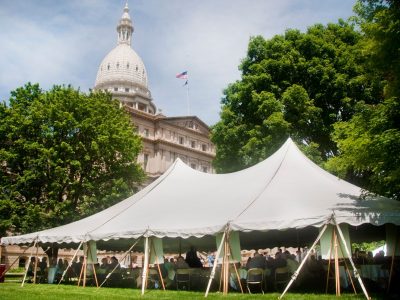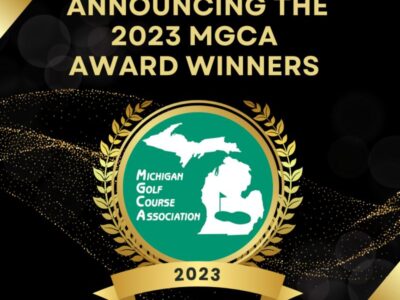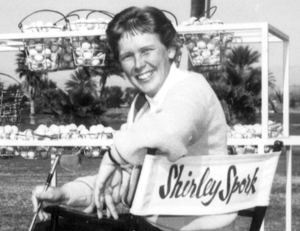By Kate Moore
When asked ‘what is the easiest part of owning a golf course’? Jeff Hoag, owner of Scott Lake Golf and Practice Center in Comstock Park says there simply isn’t an easy part.
Veterans of this complex but rewarding business agree; times have changed. 
It’s not just how the customer experiences this multifaceted industry, but also how the owners and operators have needed to adjust. Fewer and fewer courses are being managed by the proprietor, especially non-family-owned properties, leaving the day to day decisions of the business left to non-vested staff. Yet when the golf course has positioned itself to be the hub of the community, it becomes easier to establish the needed relationship with locals.
And then there is technology. Staying on top of technology and trends and making enough money to be able to make improvements don’t necessarily go hand in hand. The golf consumer today is used to making a deal, finding a deal. On-line booking services both direct from the golf course or from a third-party vendor have dramatically changed the way golfers purchase the product.
“Before the immediacy of social media and tee-times at a click, people were easier to please,” says Kathy Aznavorian, owner of Fox Hills Golf and Banquet Center in Plymouth. “Today service expectations are higher with the younger golfers and technology advancements in the business approach are expected.”
The past 20 years have seen dramatic changes, especially compared to the several decades that preceded.
 “Relating to the customer was tough enough,” says Ed Clark, owner of Sandy Ridge Golf Course in Midland, “when you had to be the face of the business from open to close. But now with cell phones and all the apps you are lucky to actually look anyone in the face.” The constant and immediate flow of communication doesn’t even stop when the customer shows up to play. With handheld GPS and apps on cellphones golfers seem to be always looking down – instead of making eye contact.
“Relating to the customer was tough enough,” says Ed Clark, owner of Sandy Ridge Golf Course in Midland, “when you had to be the face of the business from open to close. But now with cell phones and all the apps you are lucky to actually look anyone in the face.” The constant and immediate flow of communication doesn’t even stop when the customer shows up to play. With handheld GPS and apps on cellphones golfers seem to be always looking down – instead of making eye contact.
And then there’s mom and dad. The biggest change in the golf industry is the modification in people’s habits. According to Aznavorian, dads especially used to come to the golf course and enjoy a day with friends — golfing, eating and drinking. Today’s moms and dads are, understandably, more engaged with their kids expanding sports and activity options and it takes them away from spending time golfing like they used to. Men do come out for a round, but time is at a premium and they don’t linger as long in the grill or at the bar. What makes the joys of golf thrive for everyone is when those same parents bring their kids along to golf.
Another huge change: making plans. Hoag says it is more likely that a baby boomer golfer will plan their golf dates and locations in advance while the millennial golfer is more likely to book “day of” without much advance notice. Scott Lake has seen a resurgence of younger golfers and feels better off because of it.
Having been in this business for decades, these savvy owners will agree the easy part of running a golf course, if there is one, continues to ultimately be cultivating the relationship with the customer.
The hard part: staying on top of technology and trends.
“The smile and human interaction that is part of this hospitality business is the reward,” says Aznavorian.
Kate Moore is the former Executive Director of the Michigan Golf Course Association.










